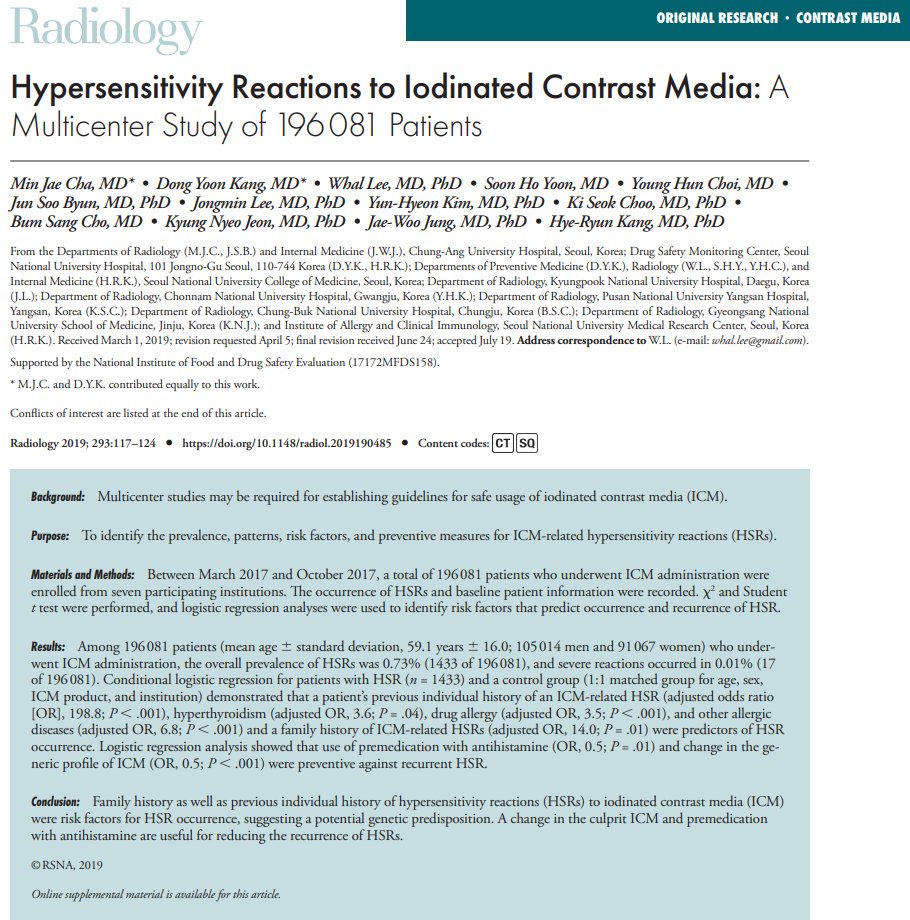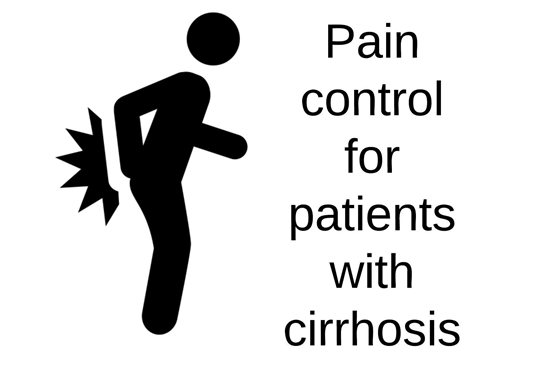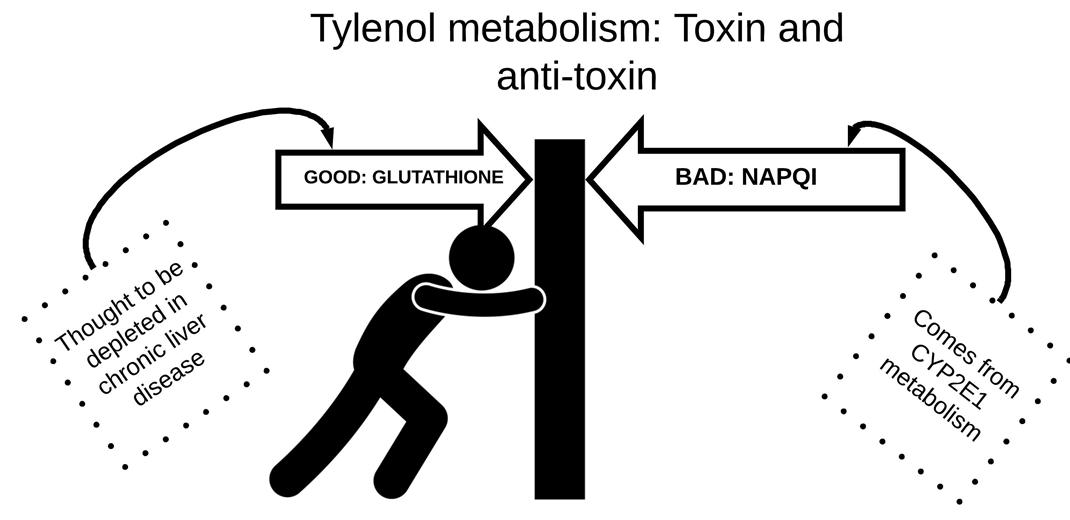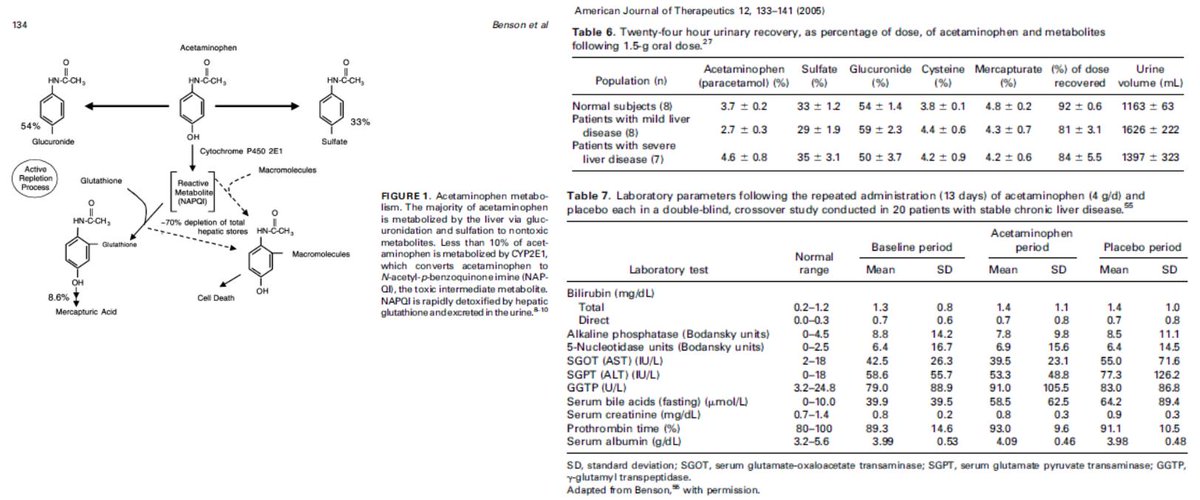1/ 54 yo man w/ LVEF 30%. D/C from hospital 6 weeks - optivolemic
On Lisinopril 20 mg daily, Carvedilol 25 mg bid, Furosemide 80 mg bid
He now has dyspnea & peripheral edema &15 lb gain
h/t @dhekidney & @kidney_boy
On history he tells you that the furosemide no longer produces a significant diuresis like it did when he first returned home. By understanding some renal physiology and some pharmokinetics, we can develop a systematic approach to this patient.
Normal creatinine on labs
4 possibilities for wt gain on furosemide. Two we can discern by history alone.
1. Dietary indiscretion - too much salt in the diet - but that usually does not slow response to loop diuretics
2. NSAID use - they will definitely decrease urine output
Our pt denies both
3. Poor absorption of furosemide - we need to remember the absorption characteristics of the loop diuretics
4. Compensation at the distal convoluted tubule, increasing sodium reabsorption and counteracting the loop diuretic effect.
Let's discuss these two
If you want to read more about this topic - @dhekidney has a great article in CJASN - Clinical Pharmacology in Diuretic Use cjasn.asnjournals.org/content/14/8/1…
My question - why do we still use oral furosemide?
3 loop diuretics - furosemide, bumetanide and torsamide
Furosemide has inconsistent and generally poor absorption
Bumetanide has good absorption but a very short 1/2 life
Torsamide has good absorption and a longer 1/2 life
Is this patient having an absorption problem?
Give an IV dose of a loop diuretic - usually 100 mg or 200 mg of IV furosemide
If the patient has a good diuretic response - then the problem is absorption - we will address this later
If the patient does not respond to IV furosemide, then we have a different problem
The loop diuretics work on the NaK2Cl cotransporter in the ascending limb of the Loop
Distal to that in the DCT - the NaCl transporter resides
With increased flow, the number of NaCl transporters can increase (hypertrophy of this portion of the DCT)
Thus, this sodium reabsorption mechanism can increase dramatically providing absorption of a large portion of the Na not absorbed in the loop
This explains why adding a thiazide diuretic (preferably one with a longer half life) can restore diuresis. Since my med school days (early 70s), I have used metolazone for this purpose. I generally give one dose of 5 mg and then resume the IV loop diuretic.
Adding a thiazide give serial blockade of sodium reabsorption and thus a vigorous diuresis.
So generally we have 1 of 2 problems - poor oral absorption - and that is usually furosemide - OR - true diuretic resistance - treated by adding a second "downstream" diuretic
What do we do after we have achieved adequate diuresis in the hospital?
This is my approach, @dhekidney and @kidney_boy are encouraged to critique:
If absorption is the problem I switch to torsamide. As the above article discusses, HFrEF patients probably have better outcomes with torsamide. I often start torsamide if we have a new HFrEF pt
I test the torsamide in the hospital to be certain that we are giving an adequate dose
I prefer once daily torsamide as I believe you less often stimulate the DCT hypertrophy. This depends on whether the dose helps the patient maintain optivolemia
If the patient need metolazone, I still switch to torsamide. I will often prescribe metolazone as a rescue drug for the patient to take if he/she starts gaining fluid. Daily wts thus are very important.
For all such patients I try to minimize diuretic use. Too often we see more frequent doses needed to initially optimize the volume in the hospital. When we d/c the patient on those doses, too often we get admissions for volume contraction
Thus I consider diuretic use as an "as needed" part of the drug regimen in these patients. They should take enough to avoid volume overload, but not so much as to induce volume contraction. We often provide a sliding scale based on weight
I hope this tweetorial makes sense. @kidney_boy and I have a useful podcast on the topic: Diuretic Resistance @AnnalsofIM @ACPinternists bit.ly/2MMIWhO
I welcome critiques and amplifications









